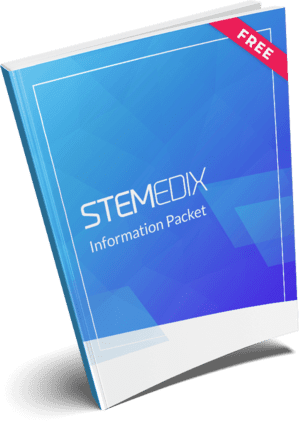
by admin | Jul 22, 2019 | ALS, Mesenchymal Stem Cells, Multiple Sclerosis
Amyotrophic Lateral Sclerosis(ALS, Lou Gehrig’s disease) and Multiple Sclerosis (MS) are two separate diseases with some important similarities. Both ALS and MS interfere with a person’s ability to move. In both diseases, nerve cells are affected. In fact, in both diseases, cells of the immune system seem to attack and destroy the material that wraps around nerve fibers. Without this covering, nerve cells do not function properly, which is why muscle weakness and other problems occur in both ALS and MS.
Traditional treatments for MS and ALS are different. More than 15 drugs are approved to treat MS. In many patients, one or more of these treatments can help reduce flareups and perhaps slow the progression of the disease (ocrelizumab in progressive MS). ALS, on the other hand, is a very progressive condition. Two drugs (riluzole and edaravone) modestly slow down the rate at which ALS gets worse. Neither MS nor ALS, it should be mentioned, can be cured.
Because of the similarities between these distinct diseases, researchers conducted a clinical trial of both MS and ALS patients. The doctors infused mesenchymal stem cells into patients and followed their progress. The goals of the study were to determine if stem cell infusion was safe and if it was effective.
In MS patients, stem cell infusion helped reduce physical disability (mean score on the Expanded Disability Status Scale improved) for at least six months. In ALS patients, mesenchymal stem cell infusion appeared to stabilize the disease for at least six months (average score on the Amyotrophic Lateral Sclerosis Functional Rating Scale stayed the same). Given that ALS patients tend to decline rapidly, maintaining stability is actually a great success.
Interestingly, researchers conducted an MRI the day after stem cell infusion and found the stem cells were already moving to various places around the brain and spinal cord. This finding suggests that stem cell infusion works very rapidly, and that stem cells target diseased regions within the body.
It should be noted that many patients had temporary symptoms related to the injection such as fever and headache. The symptoms went away within days, however. Importantly, no major adverse events occurred during two years of follow-up.
Taken together, this research suggests that mesenchymal stem cell transplantation is a safe and effective treatment for patients with MS and ALS. Moreover, this infusion causes virtually immediate effects in the central nervous system. While more research is needed, these results may offer hope to patients with these challenging neurological diseases.
Reference: Karussis, D. et al. (2010). Safety and immunological effects of mesenchymal stem cell transplantation in patients with multiple sclerosis and amyotrophic lateral sclerosis. Archives of Neurology. 2010 Oct;67(10):1187-94.

by admin | Jul 19, 2019 | Bone Marrow, Mesenchymal Stem Cells, Multiple Sclerosis
Multiple Sclerosis is a disease of the nervous system that involves the demyelination of nerve cells. As nerve cells lose their myelination, it becomes harder for the cells to communicate with one another. Though there are a number of treatment options for multiple sclerosis, which usually involve immunosuppressants, the conventional treatments do not always work over the long-term and may be associated with unwanted side effects. Given the promising results of stem cells being used in treatments for other nervous system diseases, scientists have reasoned that stem cells could provide a valuable therapy for those with multiple sclerosis.
A recent study published in Cytotherapy has demonstrated for the first time the use of neural progenitors derived from bone marrow mesenchymal stem cells. According to the authors of the study, it has previously been recognized that these cells have the potential to help with multiple sclerosis therapy, whether they come from multiple sclerosis patients or those without multiple sclerosis. Preclinical research has also shown that the use of these stem cells can improve disease in multiple sclerosis models and lead to the recruitment of progenitors to sites of inflammation.
In the current study, scientists wanted to establish the safety and dosing of intrathecal neural progenitors derived from bone marrow mesenchymal stem cells in the treatment of multiple sclerosis and investigated the use of these cells in six patients with progressive multiple sclerosis who were not responding to conventional treatments. The patients were treated with between 2 and 5 injections of the stem cells, and they were evaluated for an average of 7.4 years following their first injection.
Not only were there no safety issues that arose with any of the treated patients, but 4 of the 6 patients demonstrated measurable clinical improvement through the use of stem cell treatment. The results of this pilot study provide support for both the tolerability and effectiveness of stem cell therapy for multiple sclerosis. Future research will help to clarify the specific protocols that may be used to achieve the desired results in this group of patients.
Reference: Harris, VK, Vyshkina, T, & Sadaiq, SA. (2016). Clinical safety of intrathecal administration of mesenchymal cell-derived neural progenitors in multiple sclerosis. Cytotherapy, 18(12), 1476-1482.

by admin | Jun 14, 2019 | Mesenchymal Stem Cells, Umbilical Stem Cell
Mesenchymal stem cells are believed by many to be the most effective type of stem cell for regenerative medicine. Mesenchymal stem cells are intriguing because they can regenerate damaged tissues in four major ways:
Paracrine effects – Mesenchymal stem cells release substances that can attract other cells to the site of injury. For example, mesenchymal stem cells secrete cytokines to attract cells that participate in wound healing.
Trophic effects – Mesenchymal stem cells release substances that increase blood vessel development and help cells grow and survive.
Immunomodulation – Mesenchymal stem cells have anti-inflammatory properties, exerting beneficial effects in multiple sclerosis, graft versus host disease, Crohn’s disease, ulcerative colitis, and lupus, among others.
Differentiation – Since they are pluripotent, mesenchymal stem cells have the potential to become other cells such as bone cells, fat cells, brain cells, skin cells, blood vessel cells, and many others.
Unfortunately, it can be difficult to collect mesenchymal stem cells. One major source of mesenchymal stem cells is bone marrow. To collect bone marrow mesenchymal stem cells, however, a person (usually the patient) must undergo a procedure to obtain bone marrow. This procedure is invasive and can be uncomfortable. Therefore, researchers are keenly interested in finding other sources of mesenchymal stem cells.
One very attractive source of mesenchymal stem cells is the umbilical cord. For centuries, umbilical cord tissue was considered medical waste. Once a baby was born and the umbilical cord was cut, the rest of the umbilical cord was usually discarded. Approximately 30 years ago, however, researchers discovered that umbilical cords that were destined to be destroyed as medical waste actually contained cells that could be medically useful. Fifteen years ago, researchers showed that cells taken from umbilical cords contained mesenchymal stem cells that have the ability to become other cells (e.g. fat or bone cells).
Since 2004, researchers have discovered an incredible number of potential uses for mesenchymal stem cells that come from umbilical cord tissue. In fact, research shows that mesenchymal stem cells are taken from discarded umbilical cord actually have higher levels of certain helpful genes then mesenchymal stem cells taken from fat tissue, bone marrow, or skin. Perhaps most impressively, umbilical cord mesenchymal stem cells are non-tumorigenic, which means they do not produce tumors.
Today, mesenchymal stem cells derived from the umbilical cord are the subject of intense clinical research. There are approximately 100 clinical trials testing the safety and effects of umbilical cord mesenchymal stem cells in over a dozen different diseases. In all clinical studies, these stem cells have proven to be remarkably safe—there have been no side effects reported aside from a temporary fever in some cases.
Taken together, these results suggest human umbilical cord is an excellent source of mesenchymal stem cells for several reasons. Unlike embryonic stem cells, there are no ethical problems collecting umbilical cord tissue for stem cells. These particular stem cells appear to be a bridge between prenatal and postnatal mesenchymal stem cells and possess the beneficial properties of each. They do not form tumors, but they do grow in number and become adult cells. As such, human umbilical cord mesenchymal stem cells are unique and are a promising resource in regenerative medicine.
Reference: Arutyunyan, I. et al. (2017 Umbilical Cord as Prospective Source for Mesenchymal Stem Cell-Based Therapy. Stem Cells International. 2016:6901286.

by admin | Jun 10, 2019 | Lupus
Systemic lupus erythematosus, also known as SLE or lupus, is a chronic inflammatory condition that can affect almost every organ in the body. Commonly, patients with lupus suffer from fatigue, fever, muscle pains, and fluctuations in weight. Perhaps the most noticeable feature of lupus is a butterfly rash that affects the nose and cheeks. In its most severe form, lupus can be life-threatening. As many as half of all patients with systemic lupus erythematosus experience some sort of kidney involvement. One feared manifestation of lupus is an inflammation of the kidney called lupus nephritis. Patients can also experience blood clots in the arteries and veins, and serious inflammation of the gastrointestinal tract, lungs, and/or heart.
There is no cure for lupus. The goals of treatment are to reduce the severity of lupus symptoms, prevent damage to organs, and improve patient quality of life. Many treatments for lupus are merely preventive. For example, patients with lupus know that staying out of the sun or using sunscreen can help prevent skin rashes that often occur during the disease. Unfortunately, the treatments that are commonly used for SLE cause serious side effects. For example, steroids can help control flares, but they are not suitable for long-term use. Immunosuppressants are sometimes helpful, but they can increase a patient’s risk of infection. Newer biologics such as belimumab and rituximab are more selective treatments, but are not helpful for most patients and remain relatively expensive.
Not surprisingly, many patients with systemic lupus erythematosus are unsatisfied with their current treatments. This is frustrating for patients, families, and doctors. Thus, researchers have started testing stem cell therapy to determine if this novel treatment could be effective for treating lupus.
In one such clinical study, scientists collected mesenchymal stem cells from umbilical cord tissue (the substance that usually gets thrown away as medical waste after a baby is born). They then infused the purified stem cells into patients with SLE who had a difficult-to-treat disease (i.e., patients had failed to find relief of SLE symptoms from standard treatments or had life-threatening complications from the condition). The scientists then followed the patients for about eight months on average, though some patients were followed for as many as 28 months after stem cell treatment.
Patients treated with mesenchymal stem cells showed dramatic improvements in a measure of lupus disease activity called the SLEDAI. In fact, patients enjoyed significant improvements in as little as one month after mesenchymal stem cell treatment. This effect lasted for up to two years in some patients. Moreover, patients treated with umbilical cord-derived stem cells had improvements in kidney function and lost less protein in their urine. Impressively, patients treated with stem cells showed improvements in various markers associated with active lupus including serum antinuclear antibody (ANA), anti-double-stranded DNA (anti‐dsDNA) antibody, serum complement C3 and C4, and albumin levels. Patients with lupus know that these blood markers are used to track the severity of the condition.
While one person had severe nausea during stem cell infusion, this passed quickly, and no other treatment-related side effects occurred. In fact, stem cell treatment was well tolerated by all patients in the study. These remarkable results will, of course, need to be repeated and verified in larger clinical trials. Nevertheless, the dramatic improvements seen with umbilical cord mesenchymal stem cells in patients with difficult-to-treat lupus are impressive. While more work needs to be done, patients and doctors are now looking toward stem cell treatments in the hope that this terrible disease can finally be treated effectively.
Reference: Lingyun, S. et al. (2010). Umbilical cord mesenchymal stem cell transplantation in severe and refractory systemic lupus erythematosus. Wiley Online Library. 2010 https://doi.org/10.1002/art.27548.

by admin | May 22, 2019 | Bone Marrow, Mesenchymal Stem Cells, Stem Cell Research, Stem Cell Therapy, Umbilical Stem Cell
Mesenchymal stem cells have two unique and powerful properties that make them the focus of intense scientific research. First, mesenchymal stem cells can escape recognition by the immune system. In other words, when mesenchymal stem cells are infused into the body, the immune system does not recognize them as foreign and does not react to them. If the immune system did respond to the stem cells, it would cause an aggressive and potentially deadly allergic or immunologic response. Second, mesenchymal stem cells have the power to inhibit the immune system. This means mesenchymal stem cells could be used to treat immunological and autoimmune diseases such as Rheumatoid Arthritis, Systemic Lupus Erythematosus, Multiple Sclerosis, and Crohn’s Disease, among others. In essence, mesenchymal stem cells can affect the immune system without triggering an inflammatory response making them an ideal treatment for these diseases.
For some time, mesenchymal stem cells extracted from bone marrow were thought to be the only type of mesenchymal stem cells capable of beneficially affecting the immune system. This fact is not necessarily bad, but it does mean that mesenchymal stem cell donors must undergo a bone marrow procedure, which can be painful and expensive. It would be far better if doctors could use mesenchymal stem cells taken from easier-to-get tissues such as fat (adipose), umbilical cord blood, or Wharton’s jelly (umbilical cord tissue). Most people have adequate amounts of fat just under the skin, and umbilical cord blood and tissue are thrown away as medical waste every day.
Fortunately for patients, Dr. Yoo and colleagues showed that mesenchymal stem cells taken from fat tissue, umbilical cord blood, and Wharton’s jelly exhibit the same immunomodulatory properties as mesenchymal stem cells taken from bone marrow. The researchers showed that these types of mesenchymal stem cells were able to suppress T-cell proliferation as effectively as those cells taken from bone marrow. T-cell proliferation, it should be pointed out, is a key step in autoimmune inflammation that occurs in diseases such as rheumatoid arthritis and others.
In short, mesenchymal stem cells taken from easier-to-get tissues were just as effective at suppressing inflammation (in vitro) as those taken from bone marrow. These results will need to be confirmed in clinical studies; however, this approach will be much more convenient and less expensive for patients and donors if they can use mesenchymal stem cells taken from fat or umbilical cord rather than bone marrow and yet reap the same benefits.
Reference: Yoo KH et al. (2009). Comparison of immunomodulatory properties of mesenchymal stem cells derived from adult human tissues. Cell Immunology. 2009;259(2):150-6.
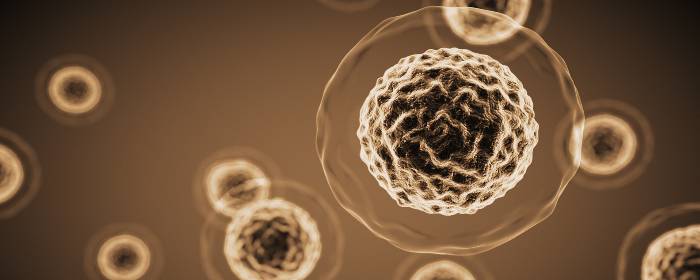

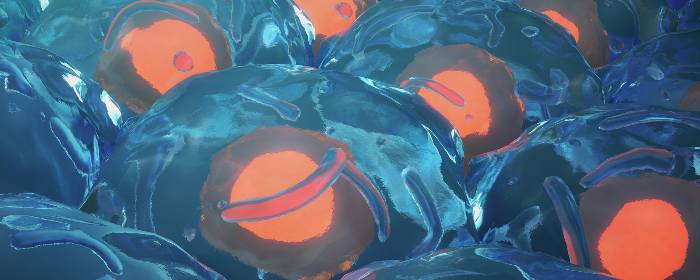
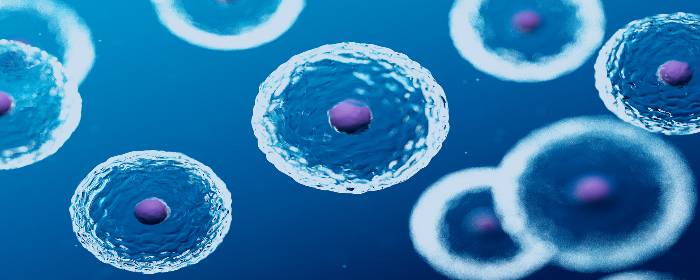
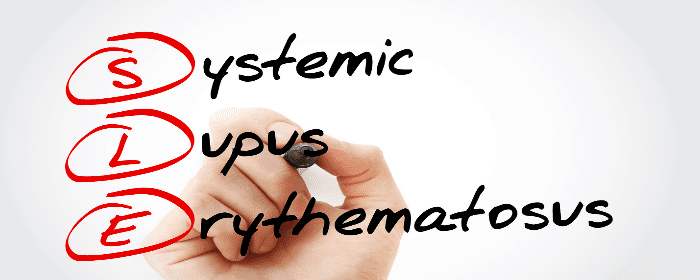
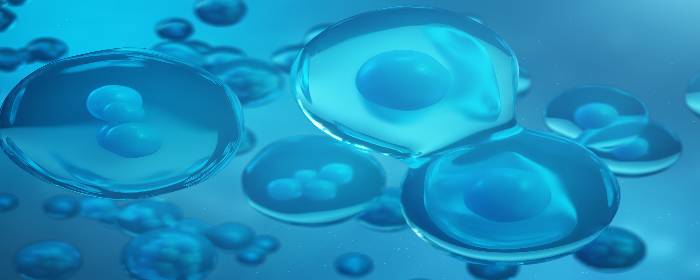
 St. Petersburg, Florida
St. Petersburg, Florida
